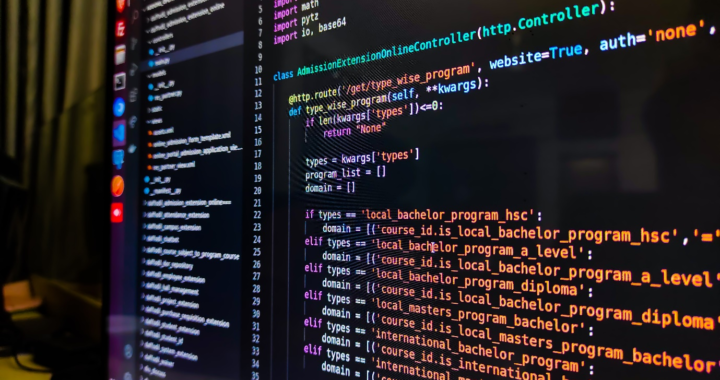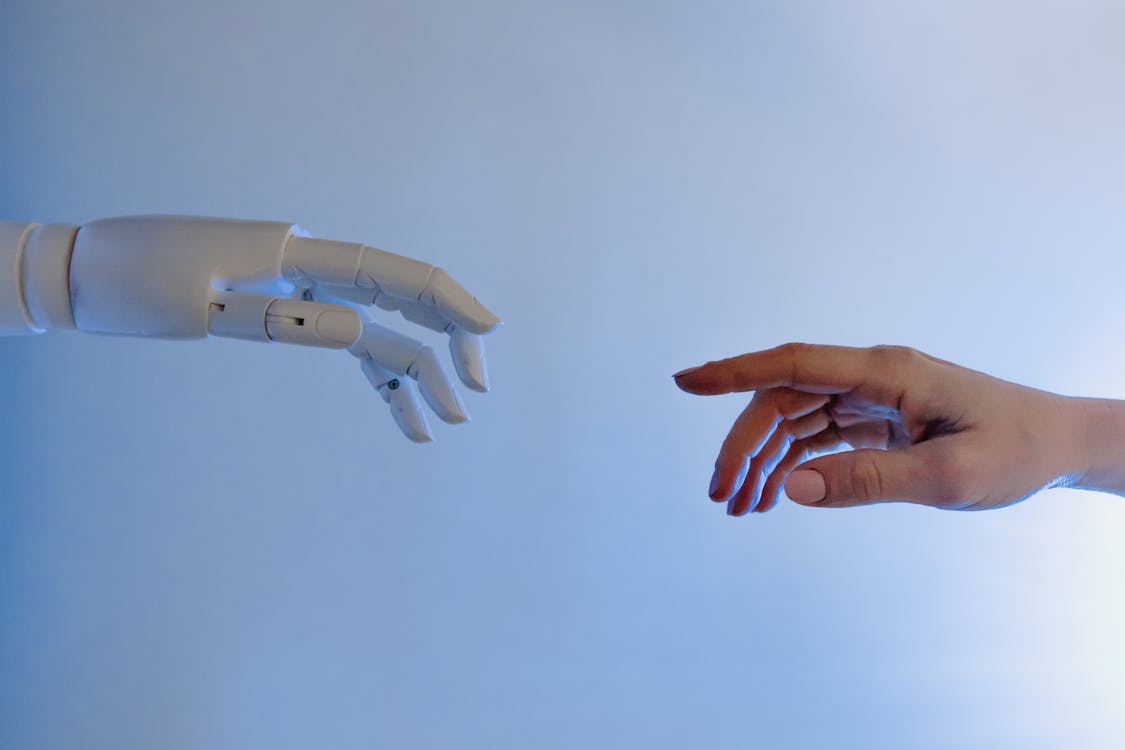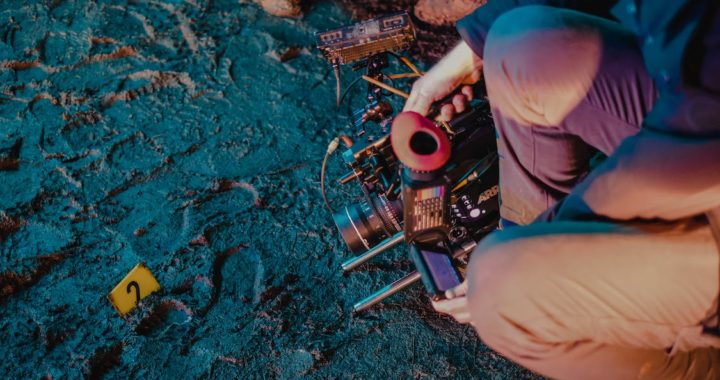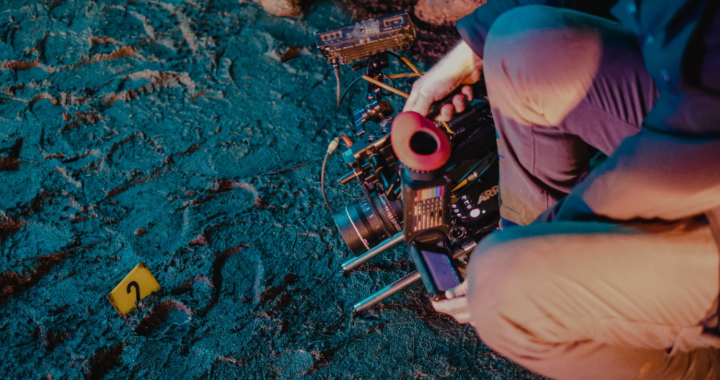It’s not a question of if but when your organization will face a security incident. And when that happens, you need to be prepared with an effective incident response plan. Digital forensics and incident response (DFIR) is one crucial component of this plan.
DFIR helps organizations collect, preserve, and analyze digital evidence after an attack or breach. This blog post will explore digital forensic services for incident response and why DFIR is essential for cybersecurity.
Collecting Digital Evidence
When you face a cyber security threat, the first step in the DFIR process is collecting digital evidence. This involves identifying and preserving any data that may be relevant to the investigation. Collecting this data as quickly as possible is essential to prevent it from being compromised or destroyed.
The collection process can involve acquiring information from various sources, such as network logs, system files, and user devices. In some cases, organizations may also need to work with third-party providers or law enforcement agencies to obtain critical evidence.
Organizations must have clear procedures for collecting evidence during an incident response. These procedures should include guidelines on who is responsible for collecting data, what types of data should be collected, where it should be stored, and how it will be transported securely.
Preserving
Preserving evidence is a critical component of digital forensics and incident response. Once the evidence has been collected, it must be preserved to ensure its integrity and authenticity in investigations or legal proceedings.
Cyber forensic experts ensure proper storage, which also plays a crucial role in preservation. The storage environment must be secure and controlled, with access limited only to authorized personnel.
Proper preservation techniques are essential in maintaining the integrity and admissibility of digital evidence in both incident response and cybersecurity investigations.
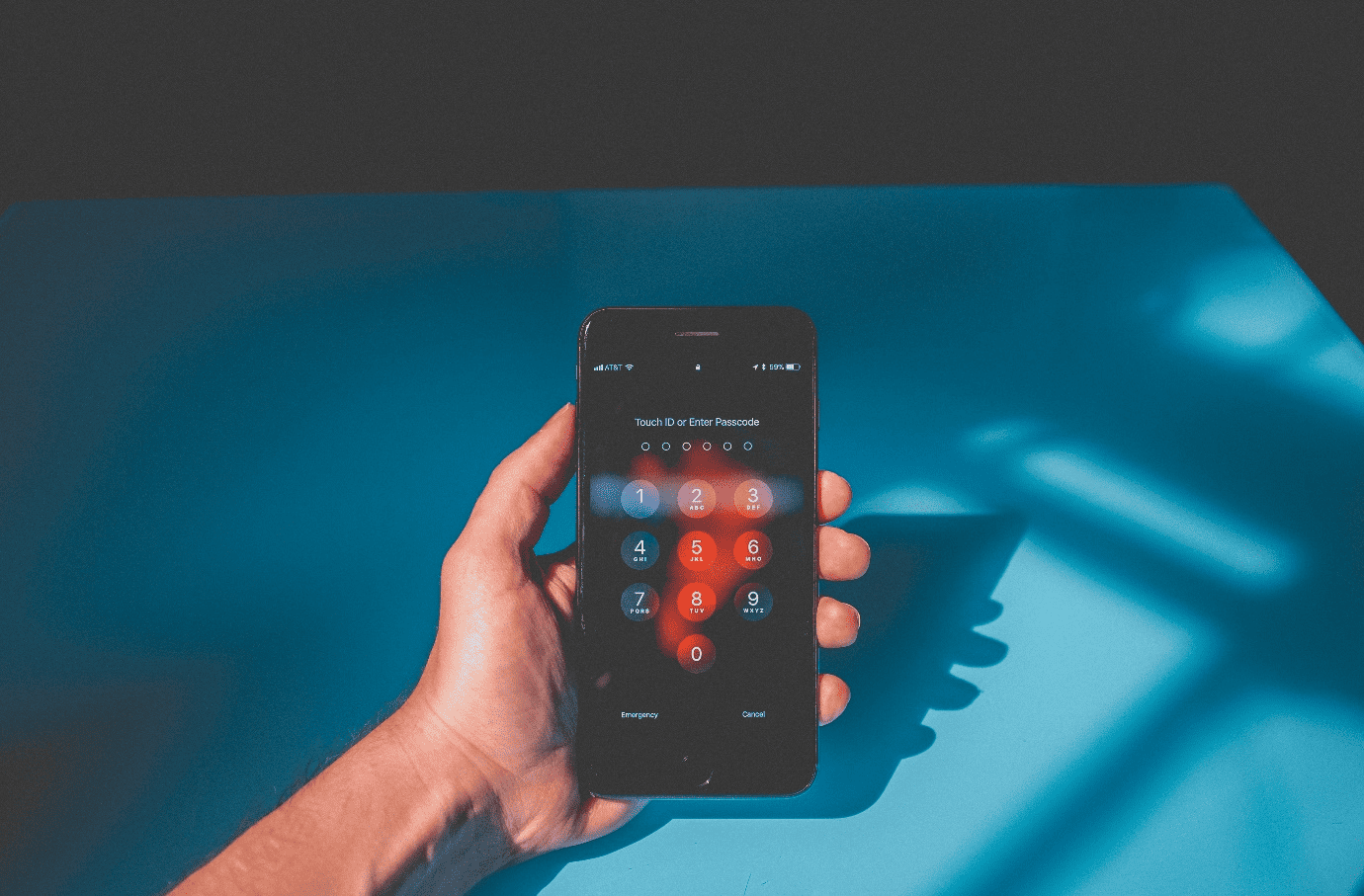
Analyzing
Analyzing is the third and most crucial step in Digital Forensics and Incident Response (DFIR). Once the data has been collected and preserved, it’s time to analyze it thoroughly. In this phase, experts investigate the collected data by using various tools and techniques.
During analysis, digital forensics experts look for clues such as log files, network traffic patterns, malware signatures, system configurations, user accounts activity logs, and more. All these are important pieces of evidence that help identify what happened during a cybersecurity breach or an incident.
Analyzing plays a critical role in DFIR as it helps forensic teams understand how criminals breached cybersecurity systems so appropriate measures can be implemented to prevent similar incidents from happening again.
Why is DFIR important in cybersecurity?
Digital forensics plays a crucial role in incident response and cybersecurity. Digital forensic experts help organizations identify the source of security breaches and prevent future attacks.
A solid incident response plan that includes DFIR can minimize the damage caused by cyber-attacks on an organization’s reputation, finances, and operations. This is especially important for businesses dealing with sensitive data or those operating in highly regulated industries.
Protect your business from cyber threats with Eclipse Forensics. We have the expertise and experience to help you out. Click here to call our cyber forensic expert team.


